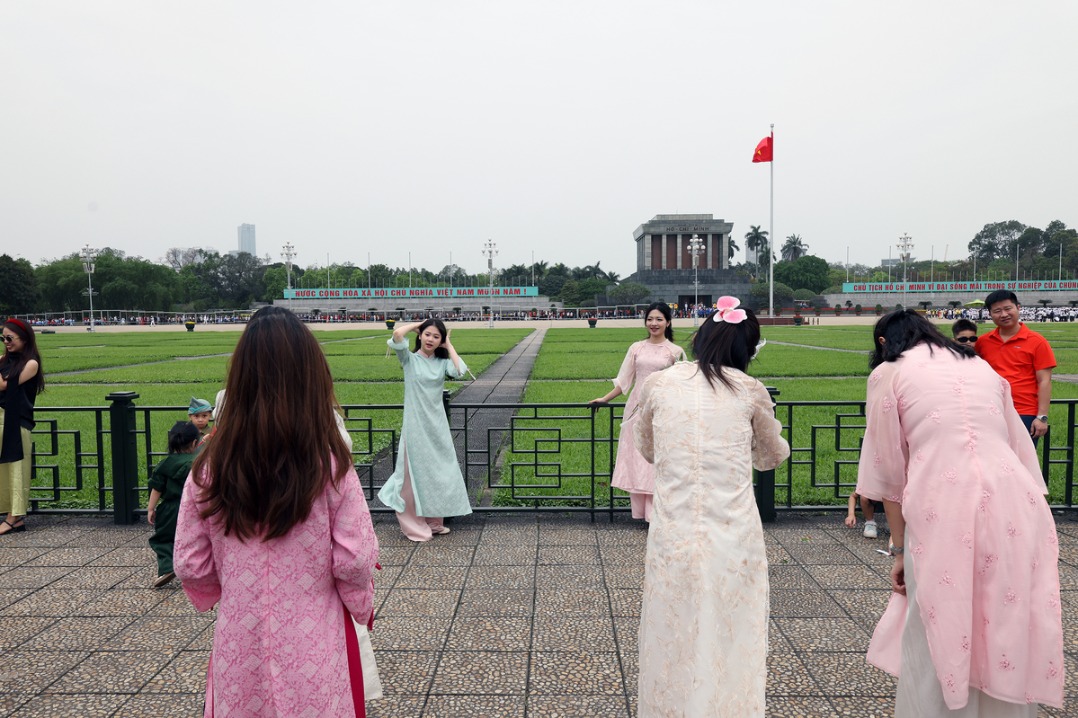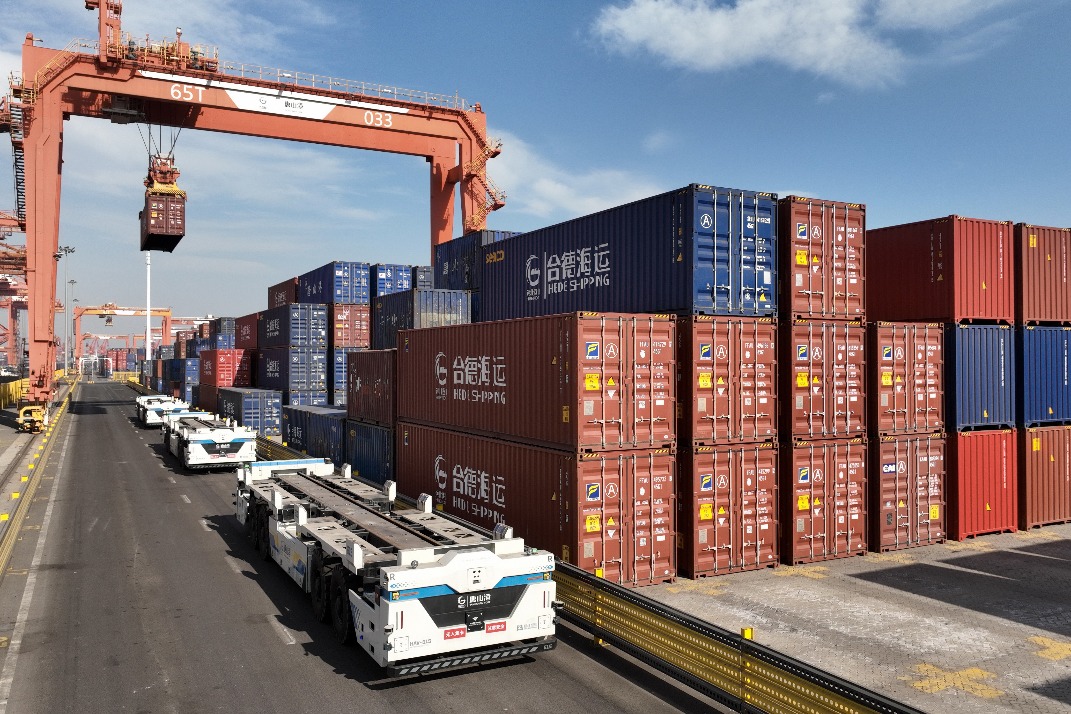A natural bond
By ZHAO XU | CHINA DAILY | Updated: 2023-09-09 06:52

By dividing big communities into smaller ones, and by surrounding each family with their own fields, the Liangzhu people had not only made the land easily accessible to its cultivators, but also created a socioeconomic norm.
"Liangzhu people's embrace of agriculture enabled the Liangzhu economy to make the transition from a primitive form of collectivism, often associated with the life of hunter-gatherers, to family-based private ownership. Every Liangzhu family was likely to have their own allotment," says Wang.
"It's no coincidence that the local farming families today are given their own share of land by the government. What better way to motivate people?"
According to Wang, this arrangement lasted from the beginning of Liangzhu civilization in around 3300 BC, through to its end 1,000 years later. Over this prolonged period of time, it was adopted not only by those living within the 100-million-square-meter area directly covered by Liangzhu's giant water system, but also by those who lived in the lower reaches of the Yangtze River and the area surrounding Taihu Lake — the realm of the Liangzhu civilization.
























